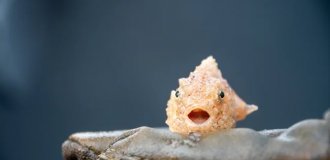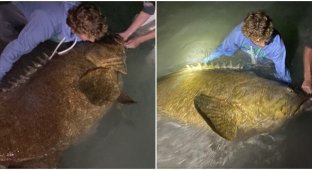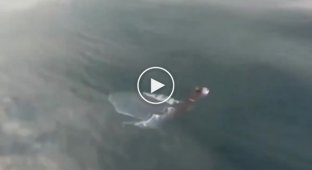So this is where the author of “Dune” got his inspiration from (7 photos + 1 video)
The huge sandworms with millstone mouths described in Frank Herbert's novel Dune are one of the most vivid and unforgettable images of fantasy monsters. And this creature is very similar to one species that actually exists on Earth. 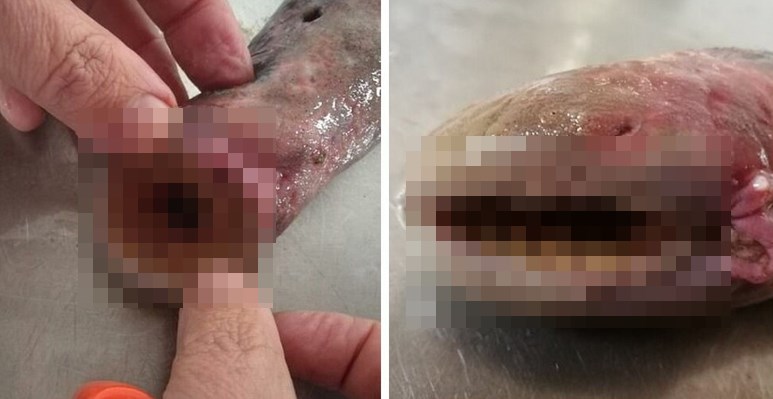
26-year-old Briton Will Miles accidentally found a strange monster with a mouth full of bared teeth on the beach near Exmouth Marina in Devon last week. He was so amazed that he shared the photos and his emotions on social networks.
“It looked like a huge leech with a suction cup full of sharp, inward-pointing teeth,” Miles wrote. — Length about 80 cm, slightly less than the height of a two-year-old child. I was very surprised. “I’ve never seen anything like this wash up on the shore before, and I didn’t expect to see it.” 
The creature is a sea lamprey, a species known for sucking the blood of its prey; hence the nickname “vampire fish”. 
Lampreys were once widespread in Britain but are now rare and their decline has been blamed on poor water quality and man-made barriers in the rivers where they breed. 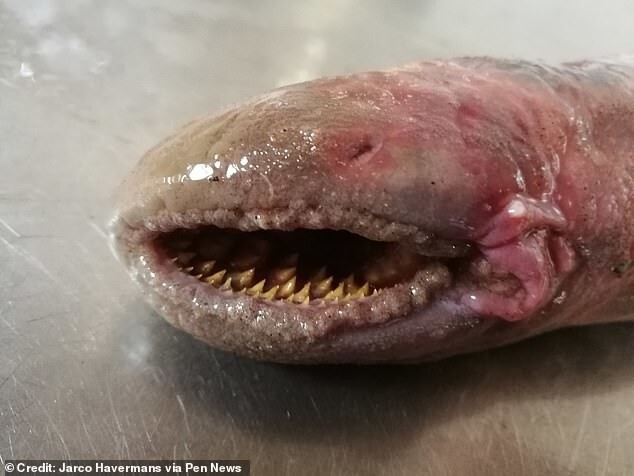
The post attracted many nature lovers and simply curious social media users. Some immediately determined that it was a sea lamprey, while others speculated whether it was the prototype for the famous sandworm from Dune. 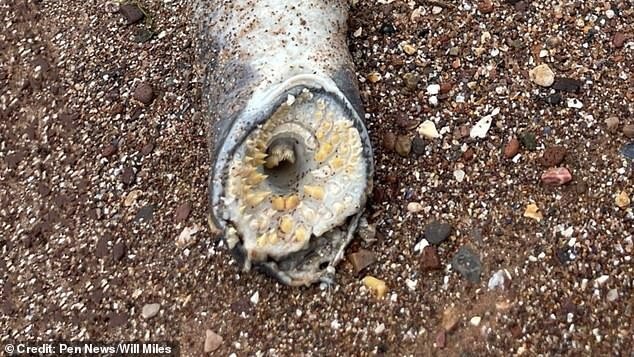
"So that's where Frank Herbert got his sandworms from!"
“I just saw the movie and my head immediately went spinning.”
“Well, it looks a lot like the sandworm from Dune!”
“Is this on Arrakis? Is there any spice nearby? 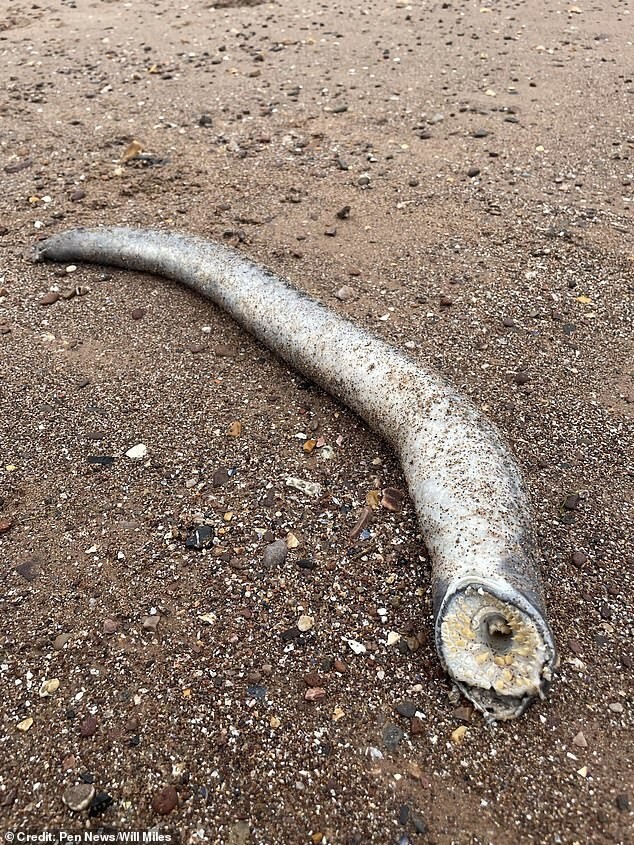
Well, I must admit, there really are similarities. 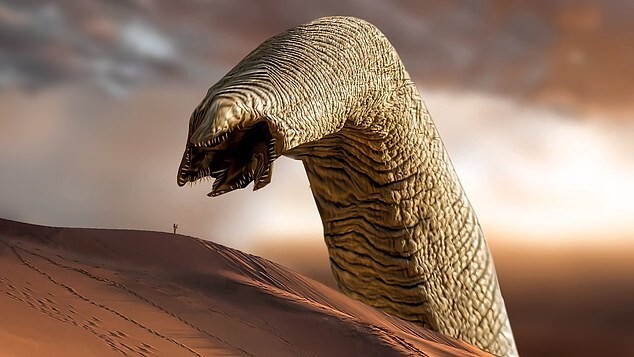
There were also a lot of comments about how it was more horror and nightmare than science fiction: “When I say I love the ocean, I mean I love the surface of it. What happens underneath is terrifying and doesn’t concern me”, “I will never swim in the sea again”, “This is a fish from nightmares”.
Marine biologist Jarko Havermans - who made headlines last year by becoming the first person in six years to discover sea lampreys on the Dutch island of Texel - has described their life cycle.
“For five years they live buried in the bottom, where they feed on detritus (dead organic matter),” he said. “After these five years, they metamorphose into adult sea lampreys, which migrate out to sea to live as a parasite on larger fish and whales.” The lamprey's prey usually does not survive its encounter. They migrate back to rivers to reproduce.”


